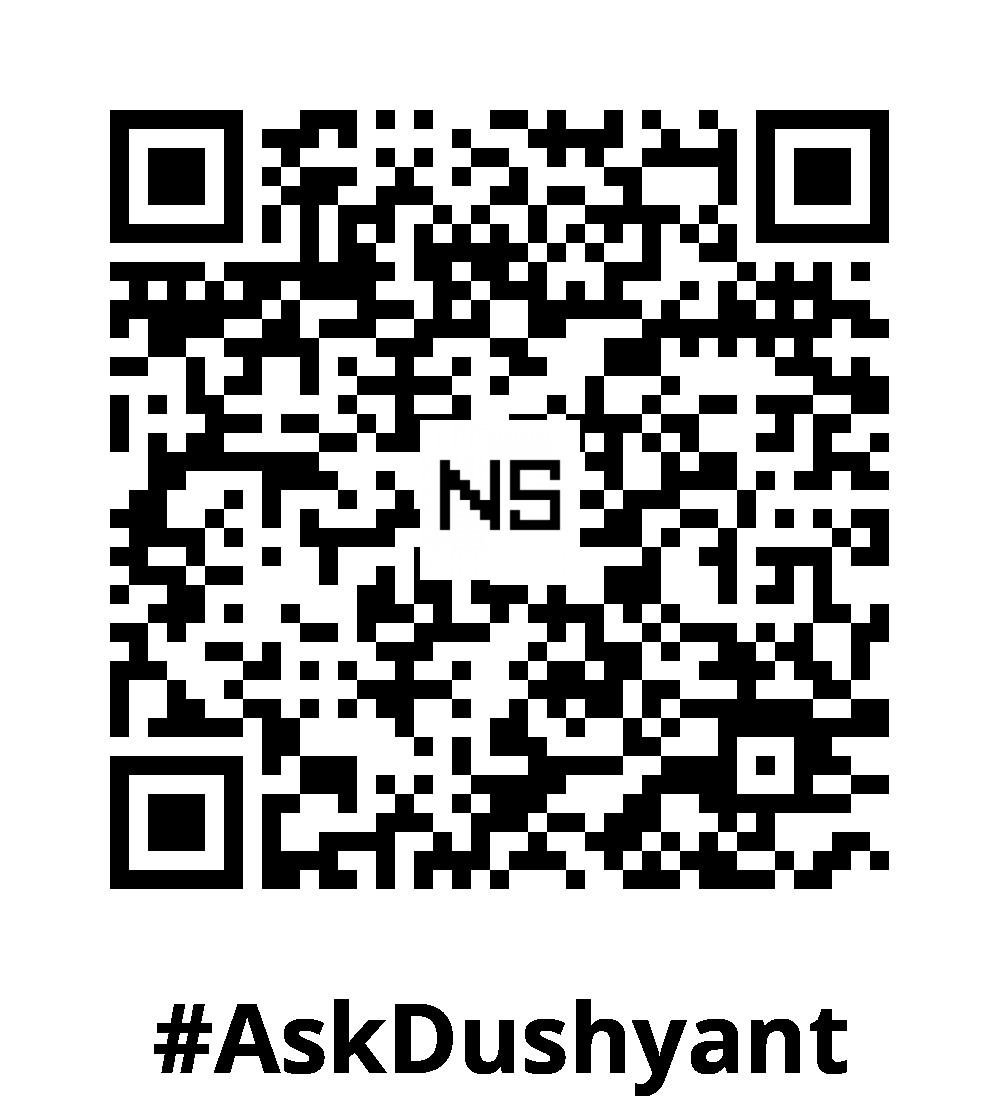Base64 encoding is a widely-used binary-to-text encoding scheme that allows binary data to be safely transmitted over text-based protocols and platforms. Throughout my tech career, I have implemented numerous APIs to transmit data using Base64 encoding, Let’s delve into the concept of Base64 encoding, its applications in the programming world, and provide programming examples in Python and C. Let’s explore the world of Base64!
Understanding Base64 Encoding:
Base64 encoding converts binary data into a set of ASCII characters that are safe for transmission or storage. It achieves this by representing each group of three binary bytes as four ASCII characters. These characters are typically chosen from a set of 64 characters, hence the name “Base64.” The encoded output is a string that can be easily transmitted, stored, or shared.
To be more precise, It operates by dividing the binary data into groups of three bytes (24 bits) and converting them into four Base64 characters. These characters are chosen from a set of 64 printable ASCII characters, typically consisting of uppercase and lowercase letters, digits, and two additional symbols.
Let’s demonstrate the Base64 conversion of the character ‘H’ using the correct encoding scheme:
The character ‘H’ in its binary representation is: 01001000
To convert this binary data into Base64, we divide it into groups of six bits:
Group 1: 010010 -> ASCII: 'S'
Group 2: 00 -> ASCII: 'A'The resulting Base64 representation of the character ‘H’ is: “SA==”
Please note that in this case, the last group contains only two bits, resulting in padded ‘=’ characters to indicate the absence of additional data. Base64 encoding allows data to be represented as ASCII characters, enabling safe transmission and storage across various systems and protocols.
Base64 is preferred over a normal data string for storage or transmission due to several reasons:
- Compact Representation: Base64 encoding efficiently represents binary data using a smaller character set, which results in a more compact data representation. This is particularly useful when dealing with binary data in scenarios like URLs or JSON.
- Compatibility: Base64-encoded data consists of ASCII characters only, making it compatible with systems that may not support binary data directly. It ensures that the data can be safely transmitted or stored across different platforms and protocols.
- Data Integrity: Base64 encoding does not alter the data during the encoding process, ensuring data integrity. It allows data to be safely transferred between systems without loss or corruption.
- Text Format Requirement: Some systems or applications may require data to be in a text format. Base64 provides a way to convert binary data into a text format, making it easier to work with in such situations.
- Security Considerations: Base64 encoding can also be used to obfuscate sensitive data, providing a basic level of security when data needs to be hidden from casual inspection.
Overall, Base64 encoding serves as a versatile solution for handling binary data in various contexts, making it a popular choice for storage and transmission in the tech industry.
Use Cases in the Programming World:
Base64 encoding finds numerous applications in the programming world, including:
- Data Transmission: Base64 encoding is commonly used for transmitting binary data, such as images or files, over text-based protocols like email or HTTP. This ensures that the data remains intact during transmission and avoids potential character encoding issues.
- Data Storage: Base64 encoding enables the storage of binary data in text-based formats like XML or JSON. This is useful when storing binary data in databases or when exchanging data between different systems.
- Data Encryption: In certain cases, Base64 encoding can be used as a simple form of data encryption. By encoding sensitive data before transmitting or storing it, an additional layer of protection is added.
Programming Examples:
Python:
In Python, the base64 module provides functions for Base64 encoding and decoding. Here’s an example of encoding and decoding data using Base64 in Python:
import base64
# Encoding
data = b'Hello, World!'
encoded_data = base64.b64encode(data)
print(encoded_data) # Output: b'SGVsbG8sIFdvcmxkIQ=='
# Decoding
decoded_data = base64.b64decode(encoded_data)
print(decoded_data) # Output: b'Hello, World!'Java:
Java program that demonstrates the encoding and decoding of data using the Base64 concept:
import java.util.Base64;
public class Base64Demo {
public static void main(String[] args) {
String originalText = "Hello, World!";
// Encoding
String encodedText = Base64.getEncoder().encodeToString(originalText.getBytes());
System.out.println("Encoded Text: " + encodedText);
// Decoding
byte[] decodedBytes = Base64.getDecoder().decode(encodedText);
String decodedText = new String(decodedBytes);
System.out.println("Decoded Text: " + decodedText);
}
}In this example, we use the Base64 class from the java.util package. When you run this program, it will output:
Encoded Text: SGVsbG8sIFdvcmxkIQ==
Decoded Text: Hello, World!My Tech Advice: Base64 encoding is a valuable technique for safely transmitting binary data over text-based protocols, storing binary data in text formats, and providing a basic level of data encryption. We explored the concept of Base64 encoding, its applications in the programming world, and provided programming examples in Python and Java. Understanding Base64 encoding empowers developers to handle binary data effectively and securely in various programming scenarios. Experiment with Base64 encoding in your projects and leverage its power to handle binary data seamlessly!
#AskDushyant


Leave a Reply